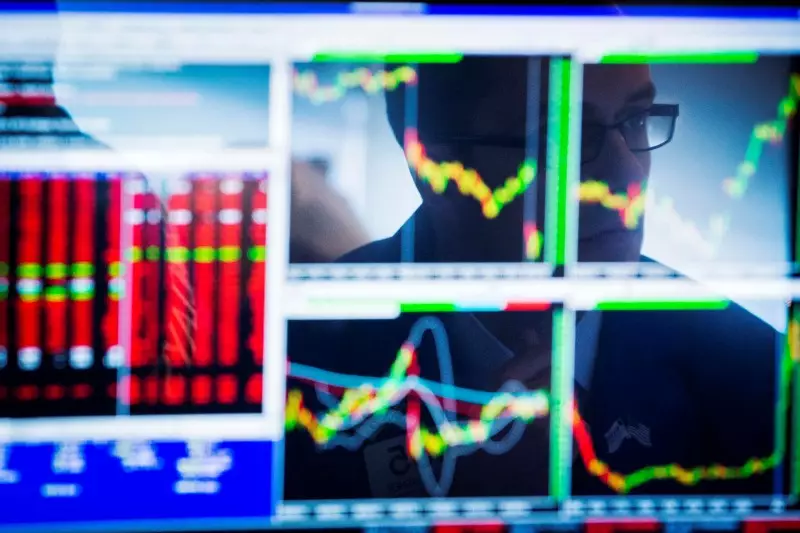In recent times, the Iranian rial has hit alarming new lows against the U.S. dollar, reflecting not only a grave economic situation but also a turbulent geopolitical landscape. On a recent Saturday, the unofficial exchange rate plummeted to an all-time low of 756,000 rials per dollar, marking a significant decline from 741,500 rials just a day prior. This drastic depreciation underscores the fragility of Iran’s economy, exacerbated by various external pressures and internal challenges.
Several interconnected factors have contributed to this ongoing demise of the rial. One of the most notable influences is the uncertainty surrounding the forthcoming U.S. administration under President Trump, whose intentions regarding Iran’s nuclear program remain a significant concern. The anticipation of his “maximum pressure” strategy reverberates within Iranian markets, compelling citizens to seek refuge for their savings in more stable currencies such as the dollar, as well as gold and cryptocurrencies. Such behaviors suggest a lack of confidence in the rial, further fuelling its downward spiral.
Compounding this instability are the staggering inflation rates, reported at around 35%. As costs of living soar, everyday Iranians find their purchasing power severely diminished, leading to an increased demand for hard currencies. The market dynamics indicate that the dollar has gained momentum since early November, when it traded at approximately 690,000 rials, reflecting growing fears over potential sanctions that could intensify under a Trump presidency.
The Iranian currency’s decline is exacerbated by international relations that seem increasingly strained. Following a resolution by the board of governors of the International Atomic Energy Agency (IAEA) critiquing Iran’s nuclear practices, concerns about fresh sanctions loom large. This sentiment is intensified by geopolitical factors, including the recent political turmoil in Syria, society’s long-time ally. The intertwining of these global events adds to the uncertainty in Iran, establishing an environment where investors and citizens alike are left with little confidence in the rial’s stability.
The repercussions of this currency crisis reach far beyond just the marketplace; the Iranian economy’s overall health is at stake. With the rial having lost over 90% of its value since 2018, the road to recovery appears daunting. The re-implementation of U.S. sanctions following the collapse of the 2015 nuclear deal further isolated Iran from global economic systems, intensifying the domestic economic strife. The challenge now lies in navigating a way forward where diplomatic measures might restore some level of stability and confidence, both locally and internationally.
The plight of the Iranian rial serves as a barometer for the country’s economic and political climate. As external pressures mount and inflation continues to rise, the future of the currency—and by extension, the economy—remains perilously vulnerable.


Leave a Reply